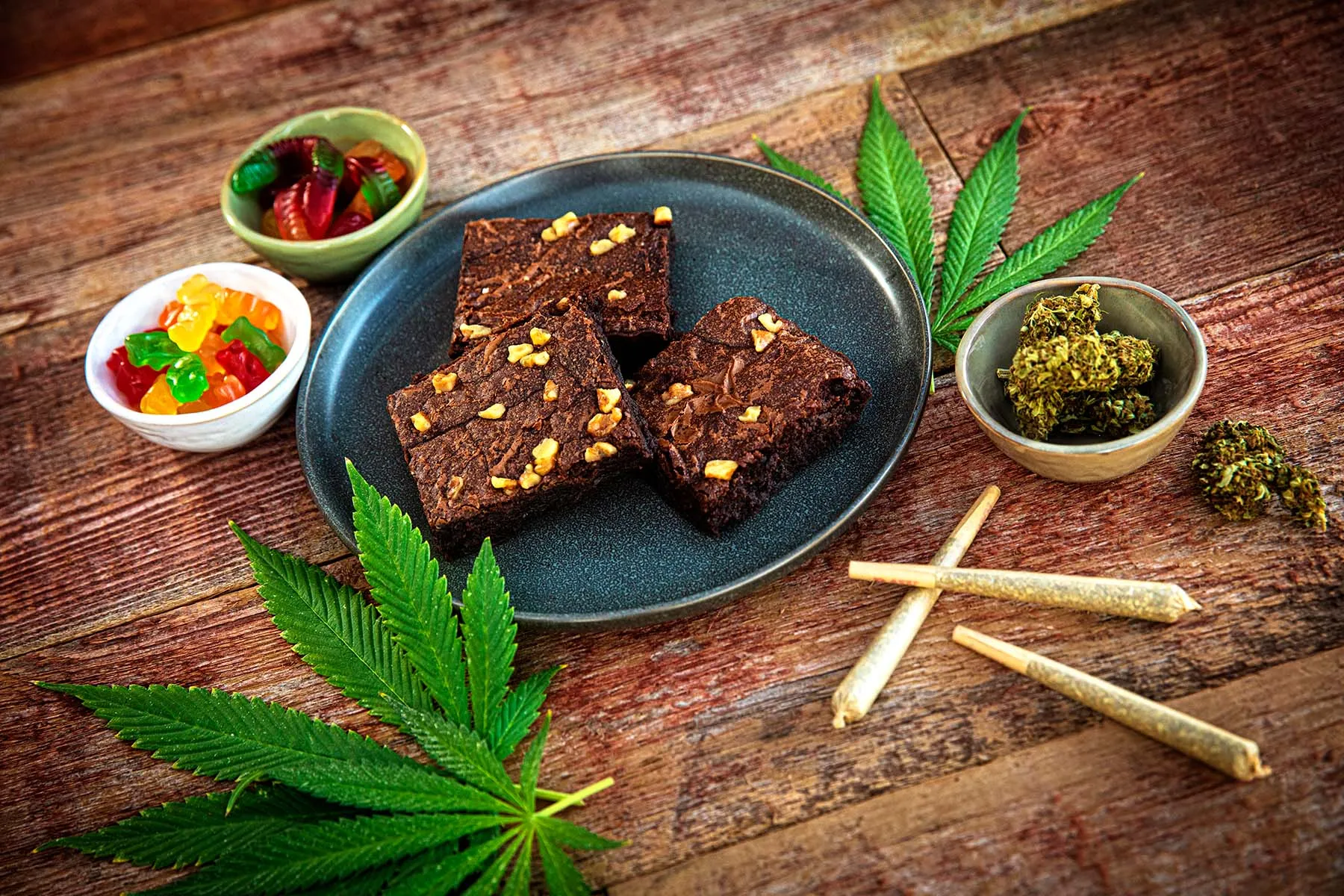May 1, 2024 – You shouldn’t draw major conclusions about the safety of marijuana amid the recent announcement that federal regulators may reclassify the drug, experts are cautioning
But the move is expected to make it easier for scientists to study questions about safety and how well marijuana’s works as a medical treatment. One legal expert said it could change how the federal government views using medical marijuana by prescription in a state where medical usage is legal under state law. Right now, that is still considered illegal under federal law.
“If you’re a patient in a state with a medical marijuana law and your physician gives you a prescription for medical marijuana and you possess it, you will no longer be guilty of a federal crime,” said Robert Mikos, JD, LaRoche family chair in law at Vanderbilt University Law School in Nashville.
The Drug Enforcement Administration is proposing to change how marijuana is classified, from a Schedule I to Schedule III drug. Schedule I also includes drugs like heroin, and the proposed change would drop marijuana to a lower-risk group that includes drugs like Suboxone, which is used to treat heroin addiction.
“I don’t think the intention in moving it from Schedule I to III was to send a message to the public that it’s safe to use. I hope people are not misinterpreting or over-interpreting what the change in schedule implies,” said psychiatrist Deepak Cyril D’Souza, MD, director of the Yale Center for the Science of Cannabis and Cannabinoids in New Haven, CT.
The Justice Department confirmed the proposed change Wednesday.
“Today, the Attorney General circulated a proposal to reclassify marijuana from Schedule I to Schedule III,” Xochitl Hinojosa, the department’s director of public affairs, said in a statement. “Once published by the Federal Register, it will initiate a formal rulemaking process as prescribed by Congress in the Controlled Substances Act.”
The federal government defines Schedule I drugs as having a strong potential for abuse and no currently accepted medical use, while Schedule III carries a “a moderate to low potential for physical and psychological dependence.” Some other Schedule III drugs are steroids, testosterone, and certain combinations of limited codeine with Tylenol. There are two more levels – Schedules IV and V – with even lower risks of abuse or dependence.
“There is some data suggesting that there may be therapeutic applications to cannabis,” said D’Souza, using the scientific term for marijuana. “So to that extent, I think the reclassification does make sense.”
Andrew Esch, MD, a palliative care specialist in Tampa, FL, has already received some calls from patients asking what the proposed change may mean for them. Esch, who specializes in treating patients with serious illnesses, meets the state of Florida’s requirements to certify patients to buy medical marijuana from a dispensary. He praised the reclassification announcement.
“I think it matters a lot, and I think it’s a great step in the right direction in getting us information that will help our patients,” said Esch, who also serves as a senior education adviser to the Center to Advance Palliative Care at the Icahn School of Medicine at Mount Sinai in New York City.
Although he never uses marijuana as a first-line treatment, Esch said it’s an important option because of its potential to treat problems with nausea, appetite, and sleep, as well as pain and anxiety, all of which are common among people with serious illnesses. But sometimes, his patients aren’t willing to consider using marijuana.
“Patients are savvy and they know how to work the internet. If I suggest medical marijuana, they look it up and see that it’s classified the same as heroin, and they get very, very scared,” he said. “This reclassification, when they see it listed with things like Tylenol with codeine, it becomes a lot less scary to them.”
When prescribing marijuana, Esch manages it the same way that he manages an opioid prescription.
“I think marijuana can be safe if it’s used in the right patients and monitored closely,” he said. “There’s just a lot more data with opioids than there is with marijuana, and I think both have their dangers and both have their benefits.”
In states where marijuana is still illegal under state law, not much will change.
“You still wouldn’t be committing a federal crime, but you could be violating state law,” Mikos said. “That’s a much more salient consideration because if you look at who goes after individuals who possess small amounts of drugs, the state handles 99% of those cases.
The Known Risks of Marijuana
Currently, 38 states and Washington, DC, allow the use of medical marijuana, and 24 states allow recreational use. Nearly 1 in 5 people use marijuana in the U.S. in a complex legal landscape where it remains illegal at the federal level.
“There’s very little science to support what’s happening in reality,” D’Souza said. “The argument that has been posed is that there is no good science because of the draconian regulations. So, if these regulations are relaxed and marijuana is rescheduled from Schedule I to III, that might allow researchers to answer some of these fundamental questions.”
Doing research studies involving a Schedule I drug carries high levels of risks, liabilities, and detailed inspections with the DEA.
D’Souza has studied marijuana for 3 decades and says the regulatory complexities deter many researchers. His latest project will examine marijuana as a treatment for nerve pain.
The lack of research, coupled with increasing access to the drug as states legalize it for recreational or medical use, means people are often turning outside the scientific community for information.
“People are interested in what Snoop Dogg and Willie Nelson have to say about cannabis,” D’Souza said. “It’s hard for us in the scientific community to compete against it. I think we’ve done a very bad job of educating people.”
He noted that marijuana today is up to 20 times more potent than marijuana that was commonly used in the 1960s through the 1980s, and marijuana addiction rates have risen from around 10% of users to up to 30%.
Known risks of marijuana use include:
- Addiction
- Serious mental illness such as schizophrenia or bipolar disorder
- Accidents while driving under the influence
- Heart and lung problems
- Impacts on brain development, particularly during fetal development and during adolescence.
“As a physician, as a psychiatrist, and as someone who has studied cannabis for 30 years, I would say I continue to have concerns about the impact of cannabis on human health, similar to my concerns about the impact of alcohol and tobacco on human health. And as you know, those are in the top 10 causes for global disease burden,” D’Souza said. “The game changer was the commercialization of those products.”
Staff writer Kelli Whitlock Burton contributed to this report.







